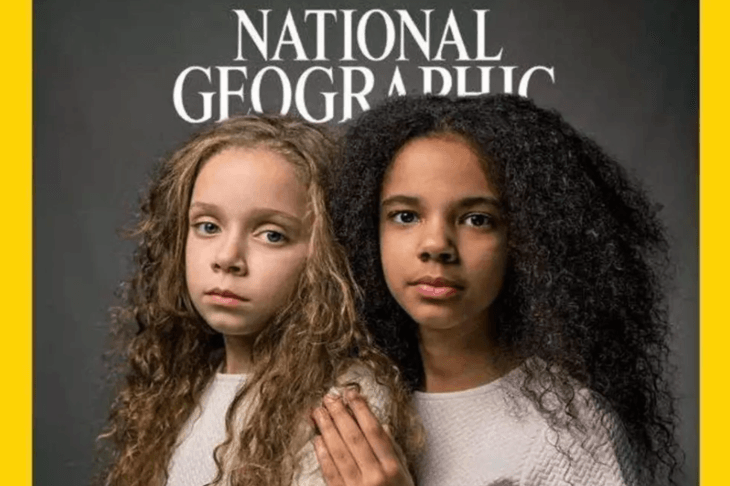National Geographic’s National Geographic used to be a racist magazine, and to make up for it, they are devoting an entire issue to the subject of race. That is the logic outlined by editor-in-chief Susan Goldberg in her editorial introduction to the magazine’s April issue, which ran online this week under the blunt headline ‘For Decades, Our Coverage Was Racist’.
To make sure not to miss any past sins, Goldberg brought in an outside expert to scour the National Geographic archives: professor John Edwin Mason of the University of Virginia, whose expertise is in photography and African history. Goldberg urged him to be unsparing, even though ‘it hurts to share the appalling stories from the magazine’s past’.
I bet it does. I can only hope the pain is alleviated by the publicity coup the magazine has earned for itself with this gimmick.
In their keenness to revel in performative remorse, Goldberg and Mason misrepresent old articles to make them seem more racist than they were. One of the examples Goldberg cites is a 1962 piece about South Africa, which (she says) ignores the problems of apartheid, an unjustifiable omission for an article written ‘two and a half years after the massacre of 69 black South Africans by police at Sharpeville’.
(This is a strange way to talk about its timing, as if nothing else noteworthy had happened in South Africa in the intervening period—like, say, the referendum on leaving the Commonwealth, or an assassin shooting the prime minister in the face.)
Far from ignoring apartheid, the article leads off with an unflattering story about its absurdities, as the author starts to go through a door marked ‘Non-Europeans’ and has to be told that Americans are ‘Europeans’ in apartheid terms. It goes on to mention other injustices of the regime, like the fact that the Indians in Durban, the city that gave us Gandhi, were not allowed to vote. According to Professor Mason, the story ‘barely mentions any problems’. A bold-faced heading in the article literally reads ‘Apartheid Leads to Problems’.
Goldberg is certainly right that the magazine’s reasons for running so many pictures of bare-breasted Polynesian maidens might not have been strictly anthropological. But would it really have been less insensitive to run around asking them to put clothes on?
If it was wrong for their photographers to make beautiful people look beautiful, what about making beautiful people look ugly? One of the leading articles in the ‘Race’ issue is a look at the white-trash deplorables of Hazleton, Pennsylvania. No bosomy maidens here, nor indeed anyone looking even moderately attractive. It is all beer bellies, wrinkles, and scowls. A redheaded young woman with lovely features is pictured wearing a dingy old sweatshirt, which I am sure is not the nicest outfit she owns and may well be the worst. Could the photographer not have come back on a date night?
It is impossible to be around for 130 years and not have said some regrettable things. I’ve been around for only 32 years and my regrets could fill a dedicated issue of a monthly magazine, possibly a quarterly. The reason I don’t assemble such a document is that it would be transparently self-serving. For all its noisy contrition, that is just what this publicity stunt from National Geographic is.
















